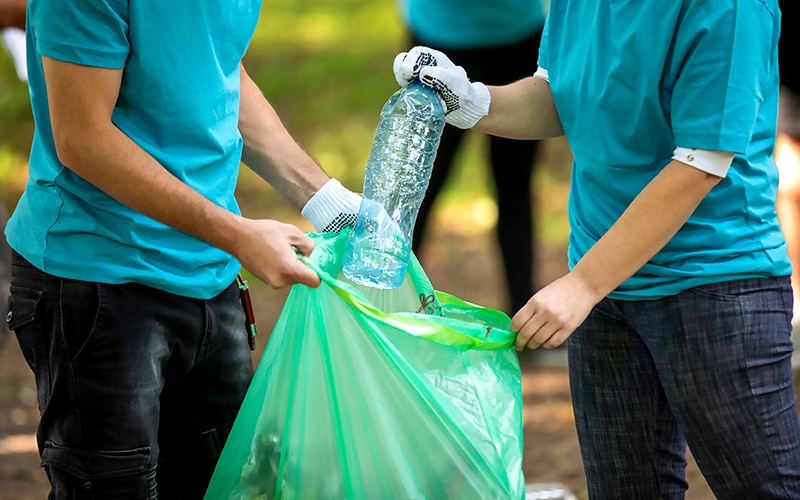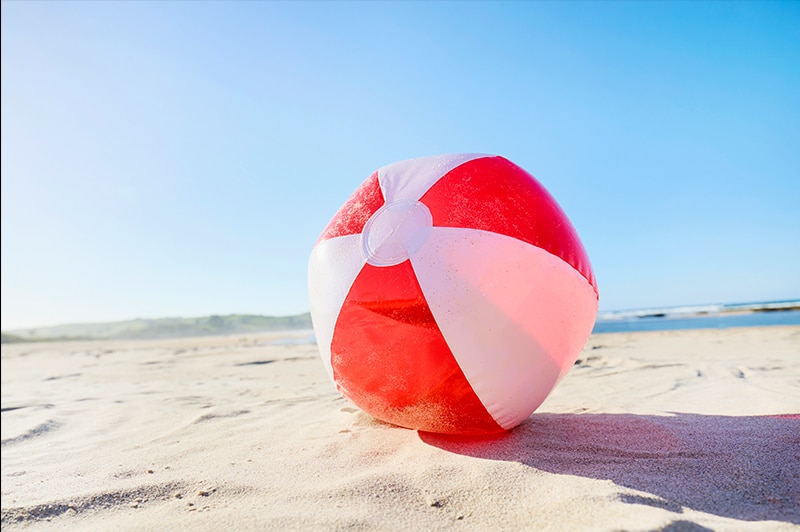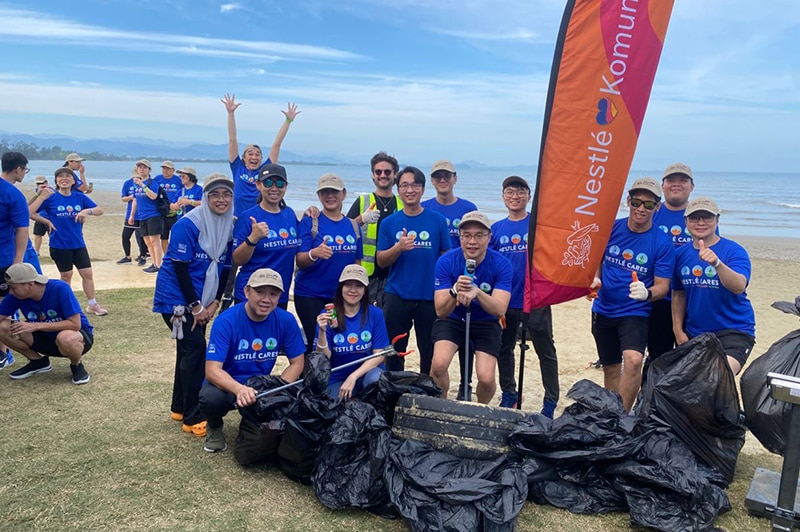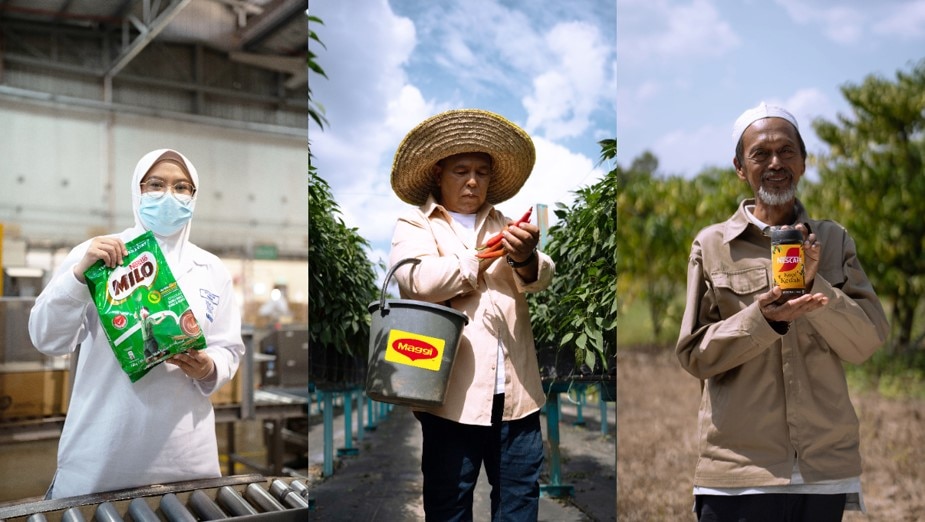Impact of Plastic Waste on Our Oceans
Plastic pollution is everywhere. It’s in rivers, floating near beaches, and sadly, accumulating deep in the ocean. From food wrappers to discarded water bottles, plastic waste travels far beyond what most of us realise. In many coastal areas across Malaysia, signs of plastic pollution are visible after every heavy rain or long weekend. World Ocean’s Day serves as a powerful reminder that small daily habits, like how we use and dispose of plastic, have long-term consequences on marine ecosystems.
What Is Plastic Pollution and Why It Matters

Plastic pollution refers to the build-up of plastic materials in the environment, particularly in the ocean. These plastics often originate from everyday single-use items such as shopping bags, takeaway containers, drink bottles, and straws. When not disposed of properly, they break down into microplastics that remain in water systems and affect marine life. Plastic pollution is harmful because it chokes marine animals, disrupts food chains, and leaches toxic chemicals into the water. Many sea creatures mistake floating plastic for food, leading to serious injury or death. What’s more, humans eventually consume some of these microplastics through seafood, creating health risks that are still being studied.
Daily Habits That Contribute to Plastic Pollution

Most plastic pollution starts on land. It happens when we toss out plastic bags, wrappers, or containers without recycling or when trash bins overflow. Even small actions, like accepting a straw at the café or using cling wrap daily, contribute to the issue over time. When we think about how often we reach for bottled drinks or plastic-packaged snacks in a week, it becomes clear how deeply plastic is embedded in our routines.
How You Can Reduce Plastic Pollution Every Day

Change begins with awareness. Start by bringing reusable bags for grocery shopping and avoiding single-use plastic containers for lunch or takeaway meals. Carry a refillable water bottle and choose products with minimal packaging. At home, switch to bulk items and refillable household products. For families, turning recycling into a shared responsibility helps children understand the value of protecting the environment. Setting up a simple recycling corner in the kitchen can create a consistent habit for everyone in the household. In the office, using reusable cutlery and encouraging team members to reduce plastic during events can make a small but meaningful impact.
The Role of Community and Brands in Tackling Plastic Pollution

Many local communities have organised clean-up initiatives at beaches and rivers. Participating in these events or even organising one with friends can raise awareness and reduce plastic waste directly. Brands are also stepping up. Some Nestlé product ranges are now offered in paper-based or recyclable packaging as part of global sustainability commitments. Supporting brands that prioritise environmentally conscious packaging helps move the industry forward and encourages other companies to do the same.
Why It Matters for Our Future
The fight against plastic pollution is not about perfection but progress. A small change like refusing a plastic bag or saying no to a disposable cup makes a difference when done consistently. Clean oceans are essential not only for marine life but also for tourism, fishing industries, and the health of future generations. Protecting our oceans begins at home, in our shopping choices, our habits, and what we teach our children. By reducing plastic pollution in everyday life, we protect the planet for those who come after us.







